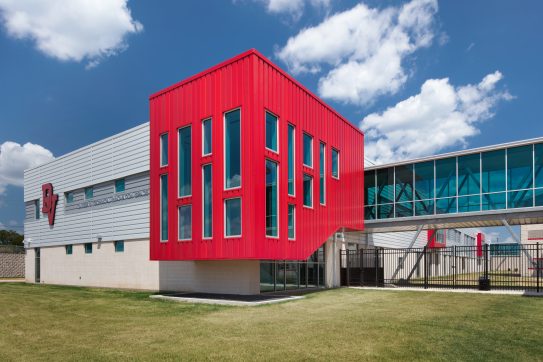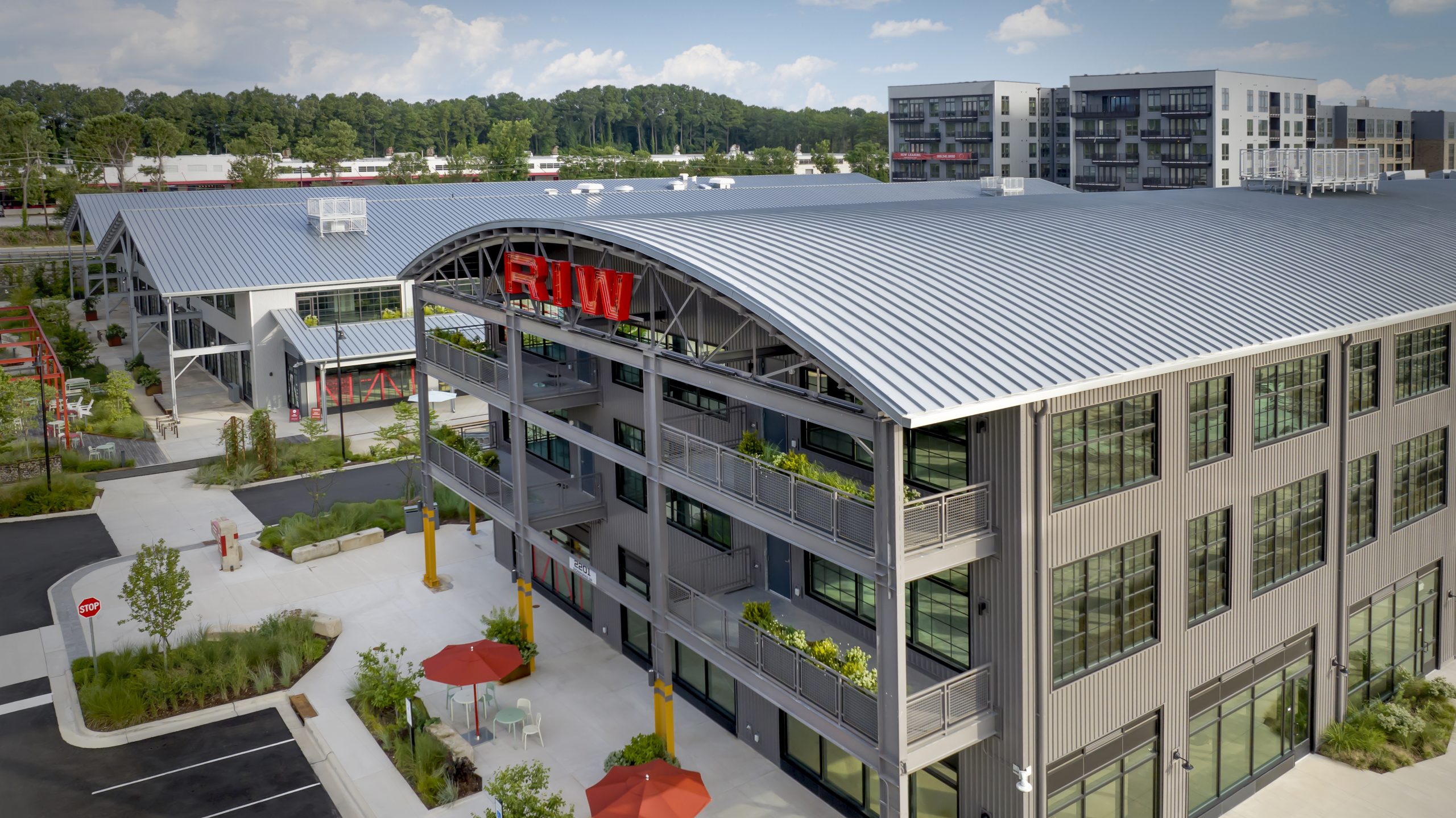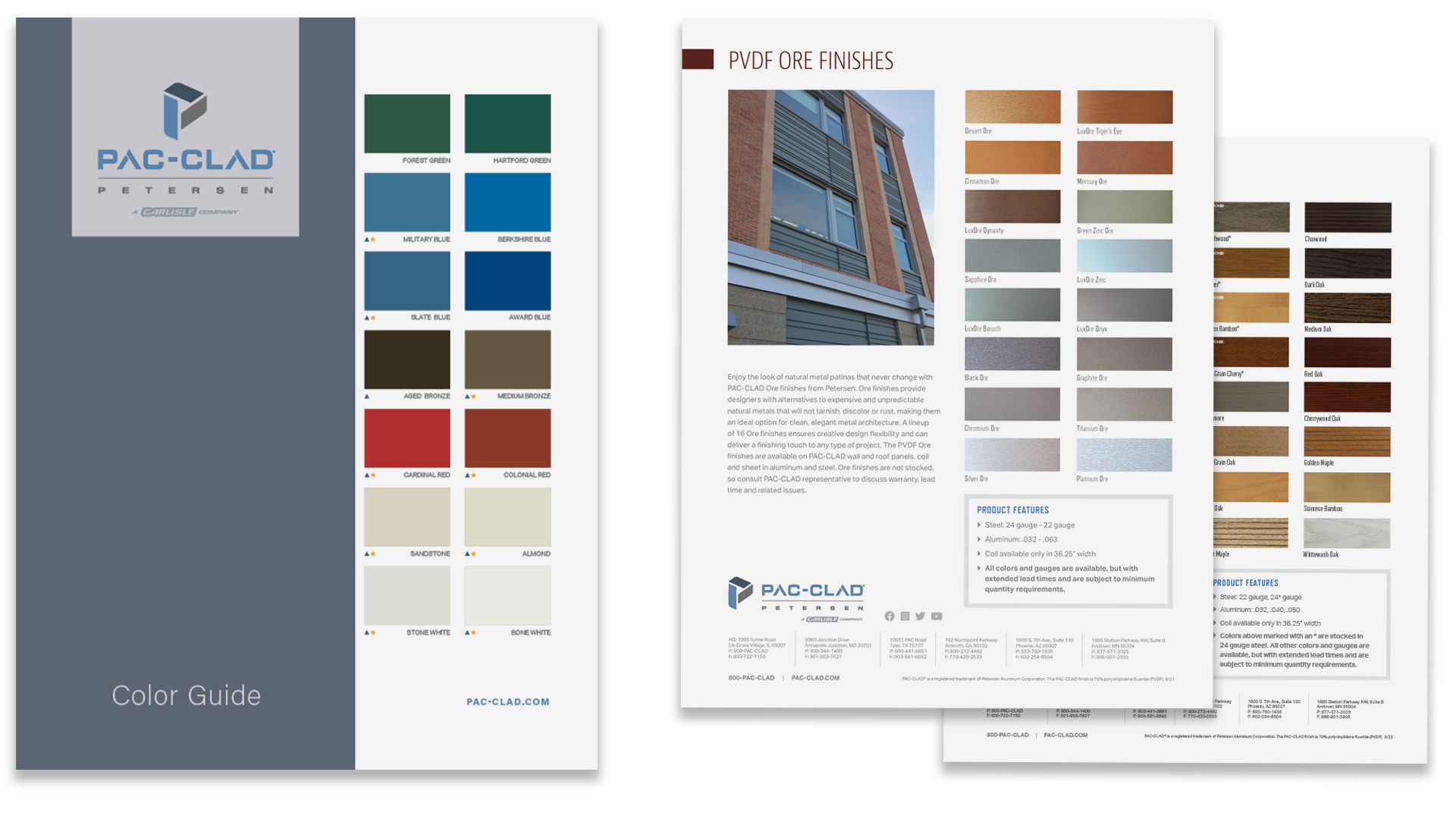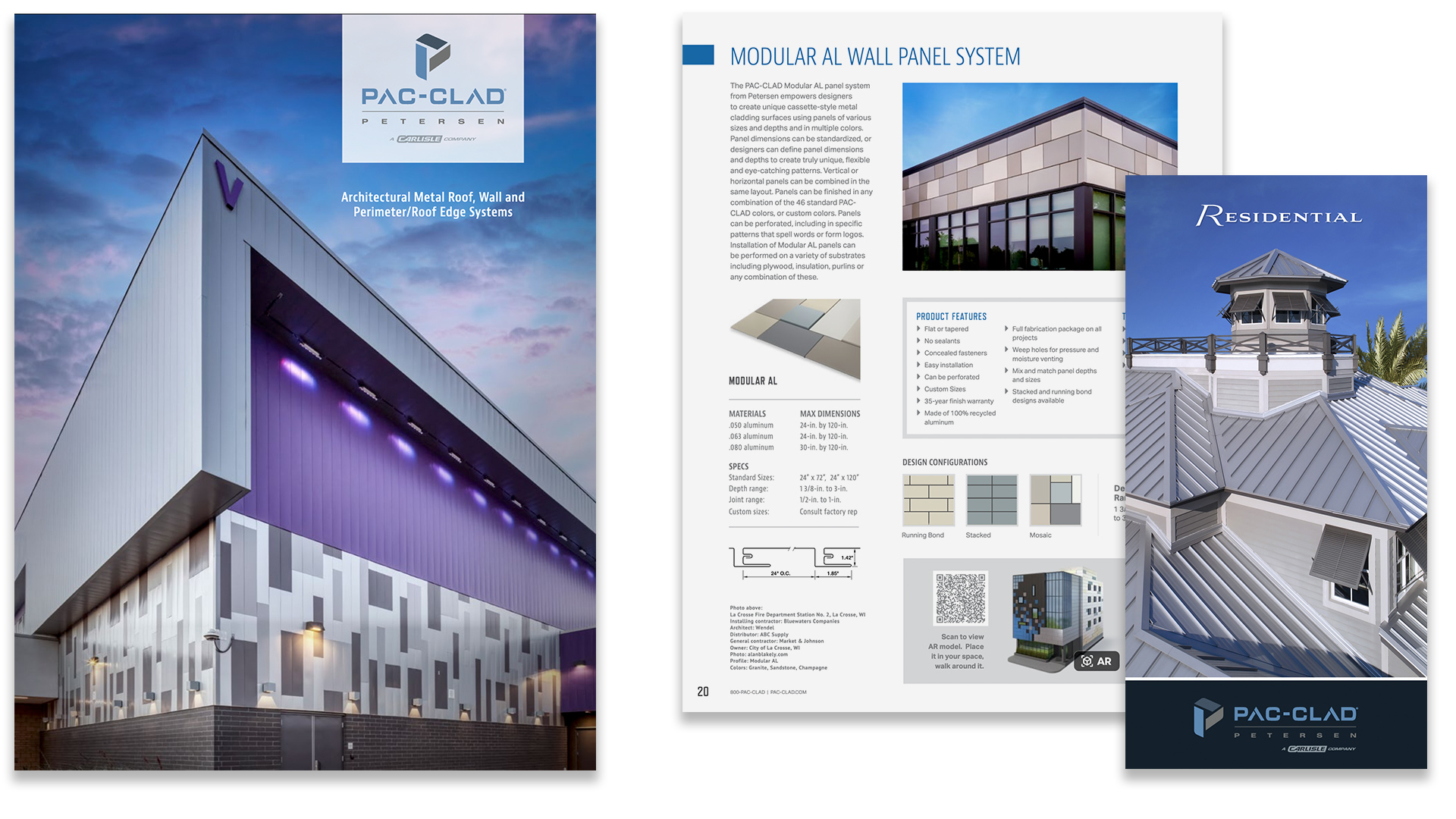Metal panels give Texas high school tech center a high-tech look
The new Career and Technical Education Center (CTEC) on the campus of Del Valle High School in Del Valle, Texas, includes some very high-tech features. These include a health-science simulation lab and mock courtroom, along with automotive-repair and welding facilities. School administrators wanted an exterior that would reflect their future-focused programs and maintain its good looks over time. Metal cladding panels met both these requirements, and, as appropriate for the school’s mission, installers had to call on their own technical skills to put them into place.
Del Valle’s CTEC is a 64,000 sq. ft., two-story facility that upgrades the school’s career-focused programming. Students are able to earn 23 different industry-recognized certifications and even college credit hours in a range of subject areas, including health science, visual communications and automotive services. According to the school, students were awarded 493 certifications and earned 751 college credit hours during the 2017-2018 school year, the year before the new CTEC opened. Approximately 2,000 of the school’s 3,330 students take some classes in the center.
With the sophistication and expense required to outfit the school’s sophisticated interior spaces, designers with Austin, Texas-based Pfluger Architects needed to specify economical exterior materials that are bold enough to make a statement. The combination of masonry and metal wall panels they chose ties the CTEC to the existing high school and to the recently added fine arts and athletics facilities – also designed by Pfluger. They specified Petersen’s PAC-CLAD Highline S1 panels to clad the upper two-thirds of the structure. The mix of finishes and profiles adds visual interest and a high-tech appeal, with colors that pop and installation detailing that creates unique shadow effects.
For example, 0.22-gauge steel panels in three custom red finishes – Cardinal, Ron and Tor – clad protruding window bays, a corner stairwell and the automotive bays. The rows of vertically mounted panels in alternating finishes create a shadow-suggesting ripple effect. Most of the remaining wall surface is clad in similar, horizontally running panels featuring a Bone White finish, with the panels that define the window areas finished in Cityscape.
All of the panels are installed at varying depth, which enhances shadowing throughout the day. According to Dallas Goodman, representative with the installing Texas Roofing Co. of Round Rock, Texas, designers specified the red panels to be installed 2 in. from the exterior substrate, with the Cityscape panels 3 in. from the substrate and Bone panels 7 in. from the substrate.
“In the initial design stage, we discussed what they were looking for and the depth of the panels,” he said. “The red panels repeat a pattern every fifty-second panel, and the architect had that on the drawings.”
The process of ensuring all of the panels were installed at the correct distance from the substrate wall was a new experience for Goodman. “Typically, you might have a fascia band” with a similar effect, he said. “But something like this – this is the first I’ve done.”
In total, 40,300 sq. ft. of Petersen’s PAC-CLAD wall panels were used in the project, along with 3,500 sq. ft. of 24-gauge steel Tite-Loc Plus standing seam panels used as canopy roofing over the school’s automotive bays. Goodman says the company played a key role in the project’s success.
“They did our shop drawings,” he said. “All of it was custom-run, except the Bone White and Cityscape panels, so they were integral in making sure we had what we needed, onsite, when we needed it.”
Editors: If photos are published the following credit is required: Photos: alanblakely.com


























